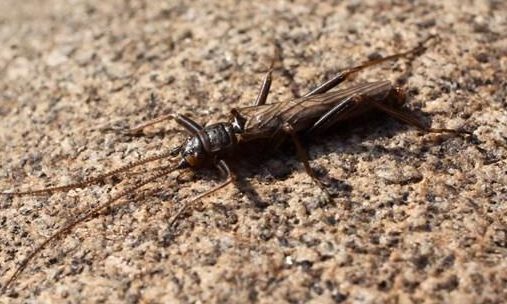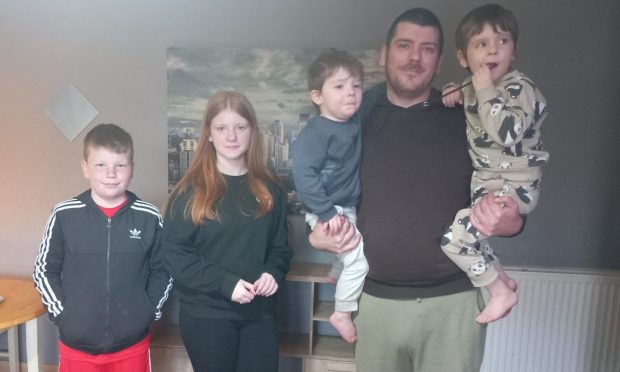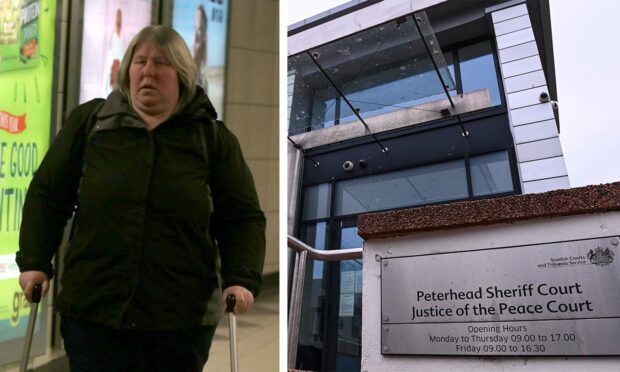North nature enthusiasts are being urged to keep their eyes peeled for a rare fly when they are out and about.
The Buglife conservation group says the Northern February red stonefly is found in very few places, but has been known to live in the north and north-east.
In the ongoing project by Europe’s only organisation dedicated to all things invertebrate, the group has asked members to use their daily exercise time to search fence posts in their local area for the species.
They believe that people living near large rivers in Aberdeenshire and the Highlands stand a chance at glimpsing the elusive critter.
Craig Macadam, conservation director with Buglife, said: “Stoneflies need clean, cold water which makes them important indicators of good water quality, but climate change means that some species are under threat.”
While out hunting for a sighting of the evasive insect, people may spot other types of stonefly.
The charity has told would-be photographers to look out for the three dark bands across the wings to identify the rare kind.
Photographs can be sent into the charity either via Twitter or email and will be used to build on research of their distribution across the region.
In recent years, due to the efforts of volunteers hoping to get their own snaps of the distinctive species, new locations containing them have been discovered such as the River Dee and River Conon in Ross-shire.
The latter locale had never been recorded as a home ground for the fly before this study.










